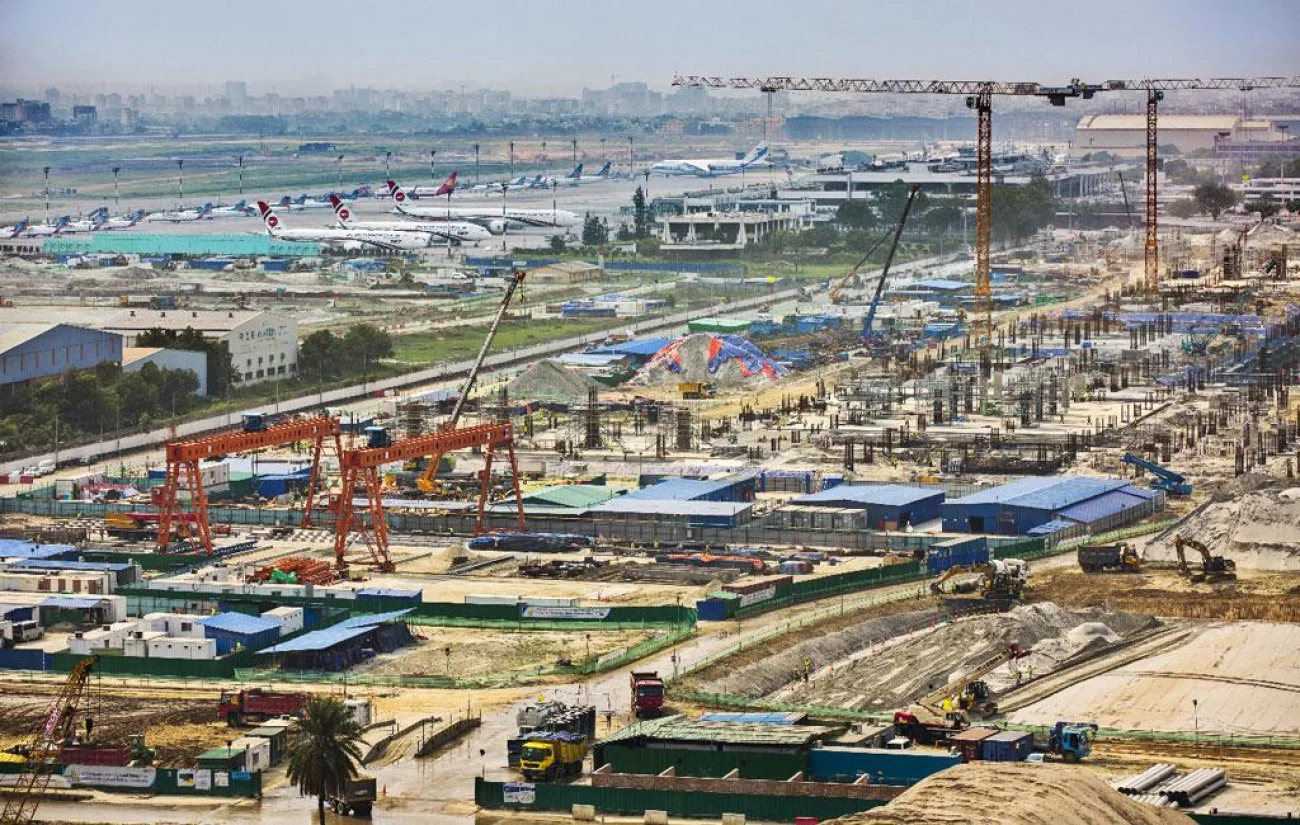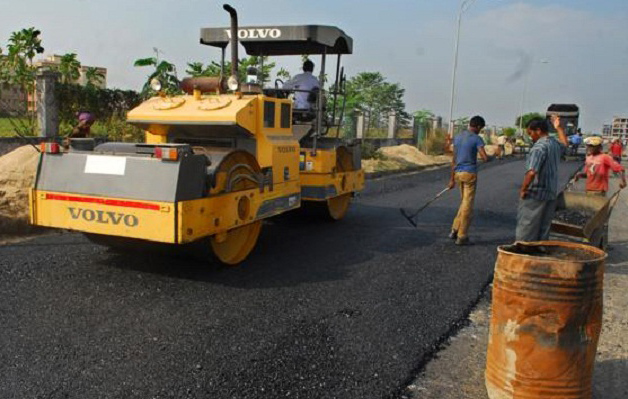



Use Cases:

Wind Speed Monitoring: For the safety of cranes and other high-altitude machinery, developers can track wind speeds and adjust operations accordingly. Sites have seen a 15% drop in daily output during wind advisories, underlining the importance of timely alerts.

Rainfall Forecasts for Concrete Pouring: Concrete needs specific weather conditions to set properly; rainfall forecasts allow teams to adjust schedules and avoid delays, reducing the risk of rework and material loss.

Integration with Project Management Tools: Scheduling tools can incorporate weather data directly, allowing project managers to adjust timelines and workflows without disruption,minimizing risks tied to weather-related downtime and ensuring resource optimization.
